Terra Incognita: 1000 Cities of the World by Catherine D’Ignazio
Terra Incognita was a Latin term used on maps from the Age of Discovery to denote unexplored territories. It’s a perspectival term. Because, of course, there were people like the Tupinambá actually living in those seemingly unexplored lands on Martin Waldseemüller’s map. The places the Tupinambá knew intimately — where they fished or hunted or […]
Blur by Elizabeth Diller, Richard Scofidio and Charles Renfro

Location: Yverdons-les-Bains, Switzerland Scale: 80,000 sf (7400 sm) Status: Completed 2002 Awards Progressive Architecture – P/A Design Award – 2003 Swiss TV and B. magazine – Golden Rabbit for Best Building of 2002 – 2003 The Guardian – Top Ten Buildings of the Decade – 2009 Summary Blur is an architecture of atmosphere—a fog mass resulting from natural […]
Volume 37 Contributor: Lev Manovich
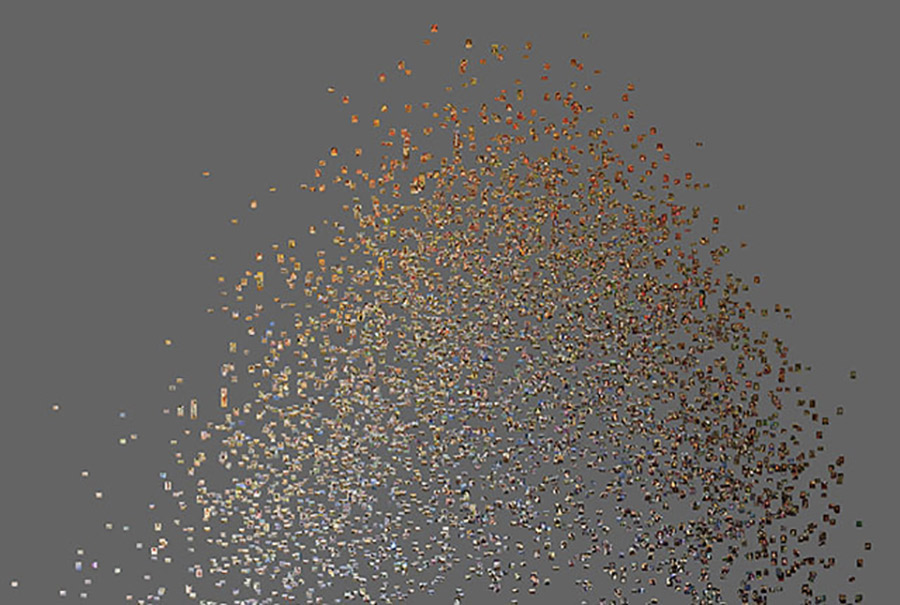
Lev Manovich is a new media theorist and digital culture advocate. He is a professor at The Graduate Center, CUNY, and a Director of the Software Studies Initiative which works on the analysis and visualization of big cultural data. His work is about creating permanent documents out of seemingly impermanent or unconnected pieces. Manovich will provide […]
2014 Team: Advisory Committee
Our team of advisers represent various realms of design and respond to our work with insight from their combined years of experience. Tania Allen Assistant Professor of Art + Design Denise Gonzales Crisp Professor of Graphic Design Russell Flinchum Associate Professor of Art and Design/Industrial Design Jennifer Landin Teaching Assistant Professor of Biology Fernando Magallanes […]
Marketing Team Final Submission

Section I: Semester-long Advertising Strategy When Rachel Swiezynski and I came together to form the marketing team for The Student Publication, we outlined specific goals we hoped to achieve throughout the semester. Prior to this year, there had been no coordinated effort to market The Student Publication. Rachel and I are both students in the […]
Volume 36 Design Directions
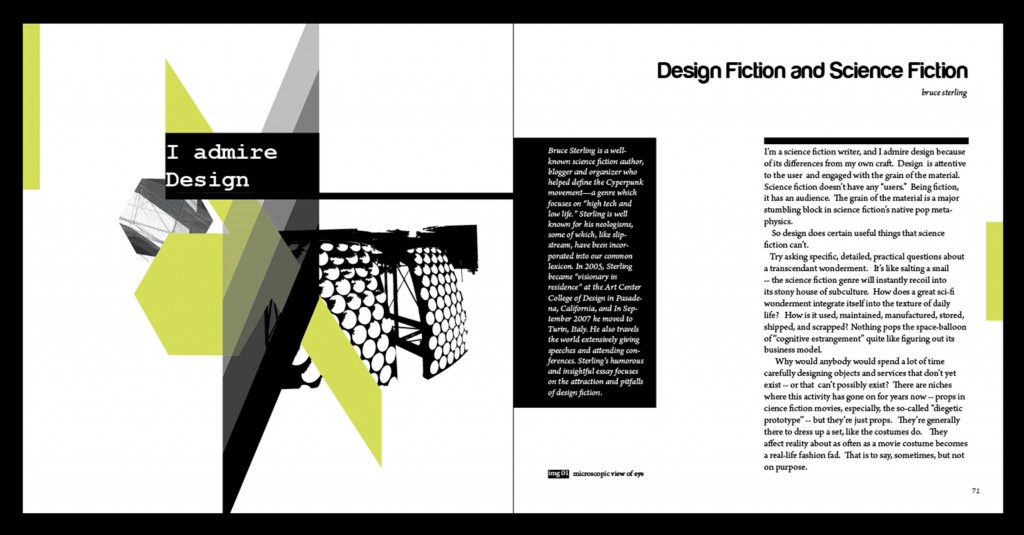
Students have been working to create design directions. Looking at the experience of reading, writing, designing and moving through a print publication the design of Volume 36 will be a publication like non of the previous volumes. You can see initial designs here.
Volume 36 Highlighted in DesignLIFE!
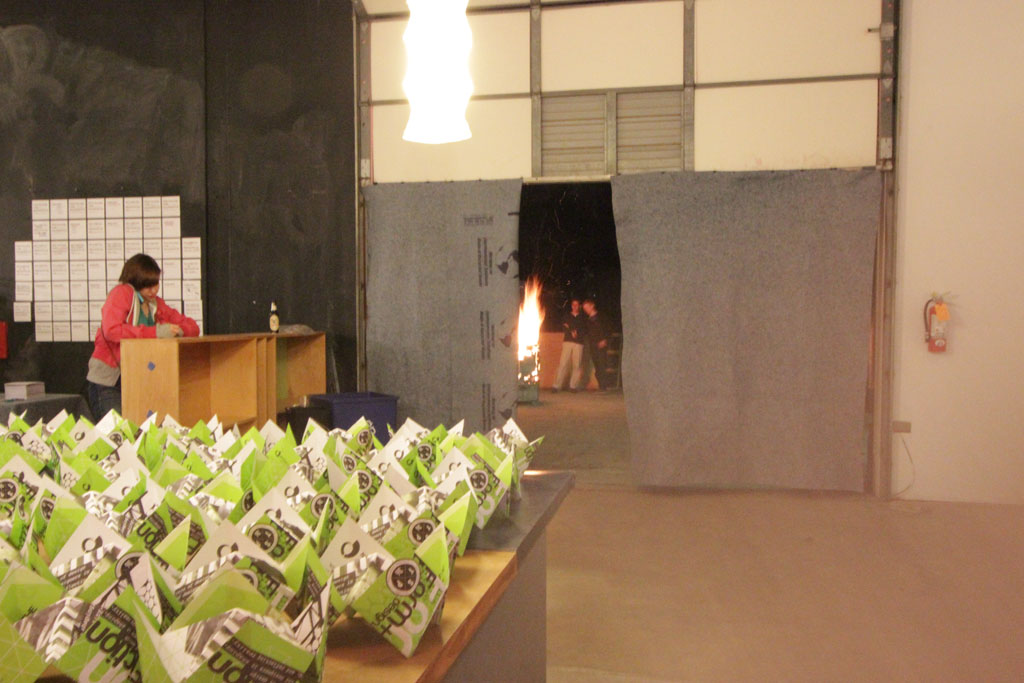
Design LIFE, the Publication of the College of Design at North Carolina State, is running an article on Volume 36 of the Student Publication. The article itself explains and outlines the process that the students went through in developing the theme, as well as the amazing Exhibition Party that they held at Studio 704 in […]
V36 Contributors
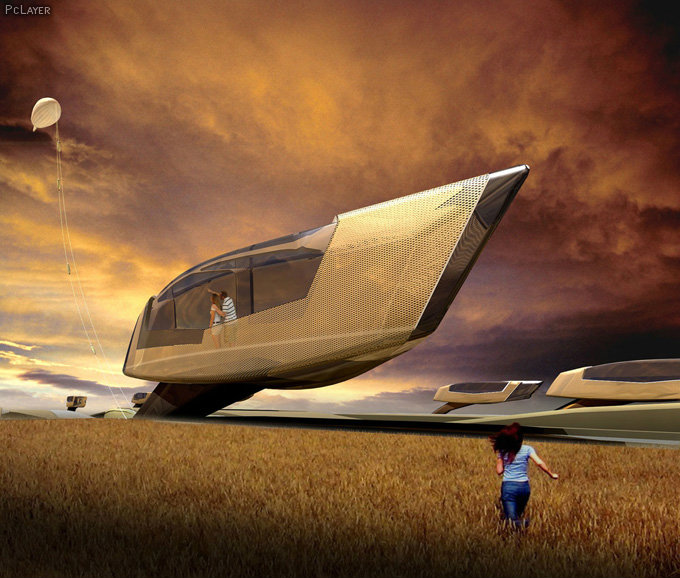
Volume 36 of The Student Publication offers a wide perspective on the nature of reality and how designers affect, create and modify it. From science fiction writers to speculative designers, the contributors to this volume are diverse, passionate and provocative. If you are interested in contributing, please contact our editors at design_studentpublication@ncsu.edu. You can also contact them […]
August Turak / The House the Rabbi Built
August Turak has integrated his life-long passion for personal and organizational transformation with a highly successful career as an entrepreneur, consultant, and executive for a variety of companies. He draws on over 30 years of business experience to bring readers the kind of stories that transform their perspective. Turak’s essay delves into the thought provoking […]
Danny Stillion / An Interview

Danny Stillion is a Design Director and Associate Partner at IDEO, a global design firm. Stillion wil be discussing human centered design and the role of empathy in design–its importance not only for his specific field, but for design in general.
Bruce Sterling
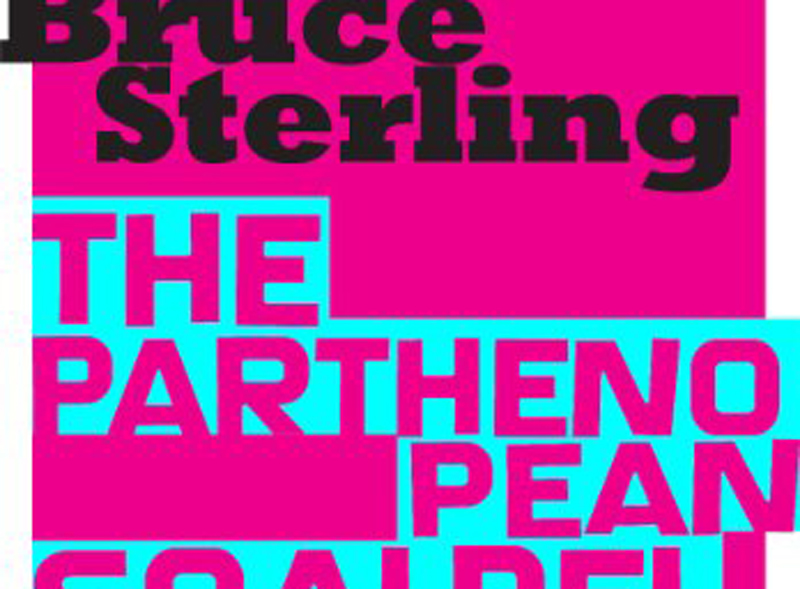
Bruce Sterling is a well known science fiction author, blogger and organizer who helped define the Cyberpunk movement – a genre which focuses on “high tech and low life.” In 2005, Sterling became “visionary in residence” at Art Center College Center of Design in Pasadena, California. Sterling will be focusing on the attraction and pitfalls […]
Marc Russo
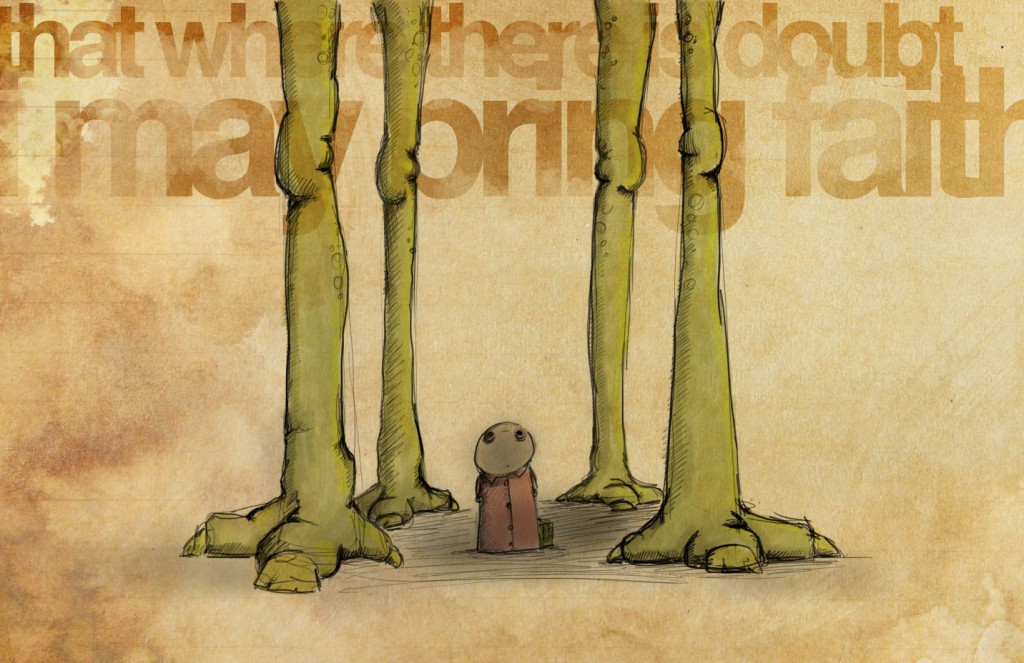
Marc Russo is an Assistant Professor of Art + Design in the College of Design at North Carolina State University with a focus on new media and animation design. In addition to teaching, Russo also works as a freelance designer and shows his work nationally and internationally in art and design galleries and exhibitions. Russo […]
Nicolas Rader
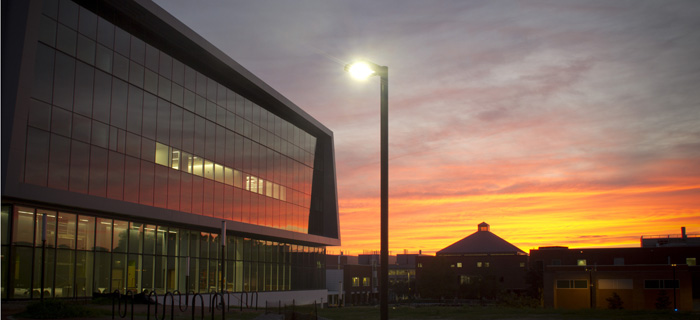
Nicolas Rader is an Architect at Snohetta, an international firm with US headquarters in New York City. Rader is currently working in Raleigh on the Hunt Library, located on the Centennial Campus of NC State. The new library houses a “bookbot” rather than bookshelves, changing the definition of what a library is and how it’s […]
Silas Munro / Alter Ego
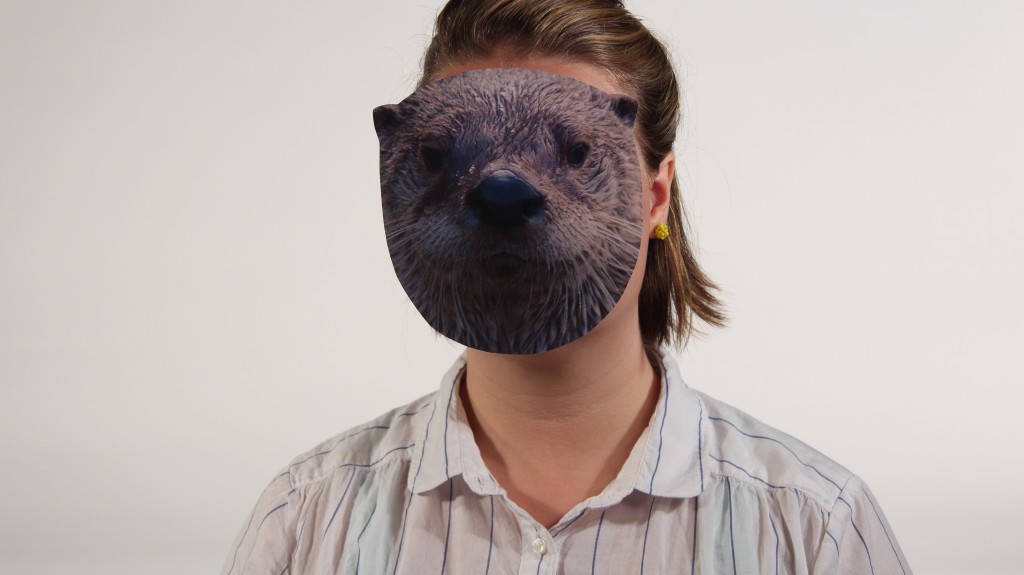
Silas Munro is the principal of From the Desk of, a graphic design studio based in Miami, Florida. He is currently Chair of the MFA Program in Graphic Design at Vermont College of Fine Arts. For the past five years, Munro has studied the concept of the alter ego, giving students the opportunity to designer […]
Roger Manley
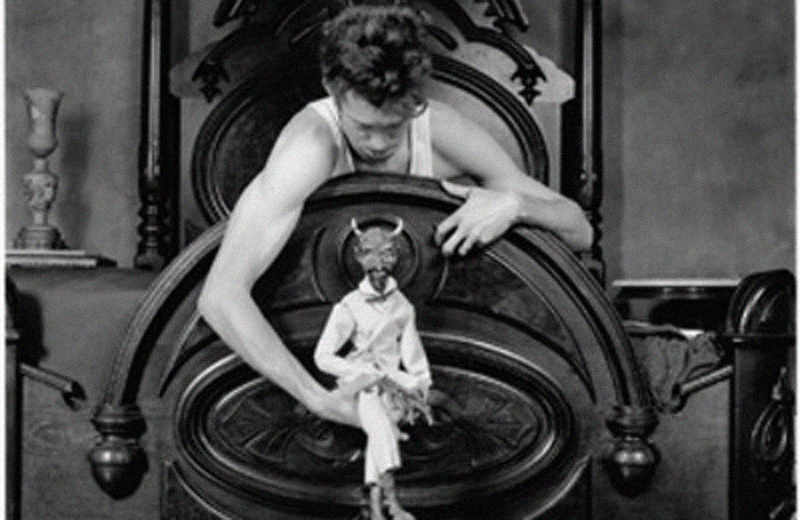
Roger Manley is the Director of the Gregg Museum of Art + Design at NCSU. The Gregg’s current exhibition, Art Without Artists, raises provocation questions about the criteria that makes an object art. Manley will be responding to this question and giving insight into the relationship between art, artists and the fictitious.
Stephen Killian
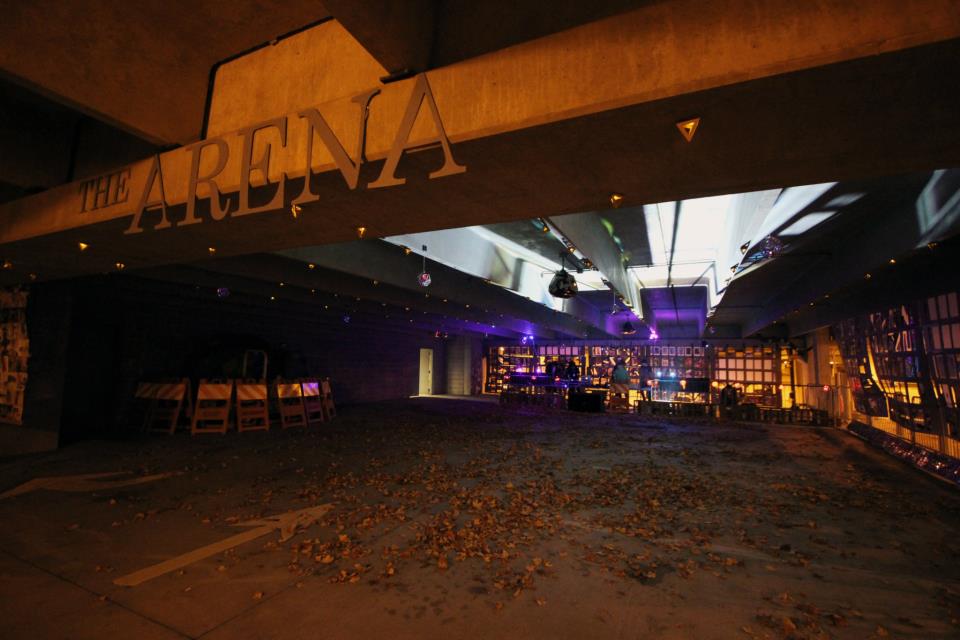
Stephen Killian is a junior in Architecture within the College of Design. As head organizer of the annual Halloween Bash, Killian created a rich story specifically designing every artifact to fit within the context of the theme – Apocalypse. His attention to the overarching narrative provoked the viewer to enter the reality he created. Killian […]
Ted Givens

Ted Givens is a visionary, award-winning architect and founding partner at Hong Kong-based 10 Design. His firm was conceived as an environment that would allow for an intense focus on design and research. Givens will be writing about how rough visionary thoughts move into reality – tied to client and content.
Katherine Diuguid

Katherine Diuguid is an Assistant Professor of Art + Design in the College of Design at North Carolina State University. Along with Justin LeBlanc, she is the new faculty chair of Art 2 Wear. In this role, Diuguid and LeBlanc have made any changes for the Spring 2013 show, including devising an overarching there – […]
Immersive Spaces

/by Anna Bailer/ Environments can be comforting, provocative, or sometimes disturbing; all of which have different effects on the viewer. Being submerged in a new or different environment is an effective way to transform the reality of another person, or can prompt them to question the one they currently know. WE The designer of these […]
The created dichotomy between urban and rural

/by Jennifer Peeler/ Within my short lifetime I’ve had the privilege, as the daughter of an Air Force officer, to move, live and travel across the United States. I grew up a person without a place that defined home – I had many places, many identities from which to choose. We moved back and forth […]
First Friday Prospectus Exhibit
Come out and join The Student Publication as we premiere the theme for this year’s volume with a First Friday Prospectus Exhibit!
The Journey

This summer I lost my way. I lost myself. I lost what I stand for. I was enclosed by the darkness and couldn’t seem to find my way out. Coming home healed me. Understanding who I am healed me. Finding peace healed me. Slowly I found my way back to the light, back to my […]
Design and the Media

Melany Bates, Senior in Design Studies “It is the very aura of the disinterested, the noncommercial, bordering on the “otherworldly” that makes culture so attractive to corporations or the promotion of a political agenda. The cloak of culture protects them against public scrutiny of labor practices, health and safety of plants/products, environmental record, as well […]
Future Casting
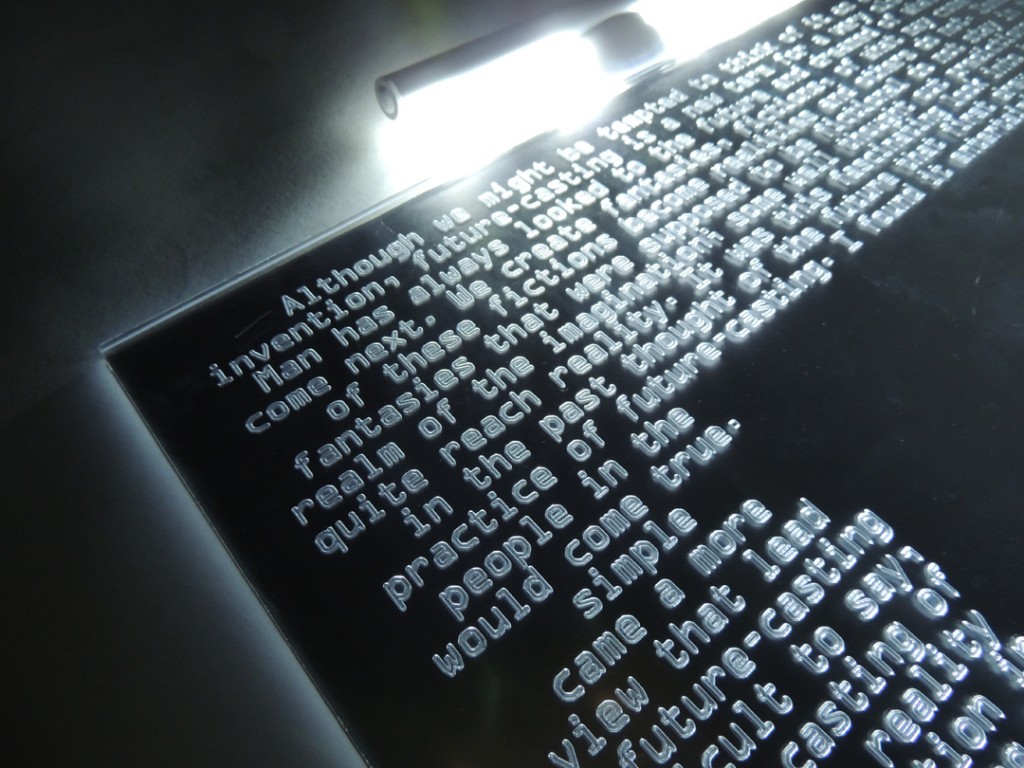
Grace Pledger, Senior in Graphic Design Although we might be tempted to think of it as a recent invention, future-casting is a new term for a very old practice. Man has always looked to the future and dreamed of what would come next. We create fantasies, fictions of what may come. Some of these fictions […]
The Urbane Rural

Jennifer Peeler, Graduate Student in Architecture Is the largest divide in American politics a spatial one? URBAN to RURAL. One need look no further than the red and blue election maps that identify each county with its primary vote to see evidence of the divide – isn’t the contrast of the cities easy to pick […]
You can contribute!

If you are interested in adding your voice to The Student Publication, there are several ways to contribute. You can contact our editors at design_studentpublication@ncsu.edu or use this form to contribute online now! [contact-form-7 id=”753″ title=”Online Contribution”]
V36 Invitations

Contributor invitations have been sent! The editorial team has reached out to professionals and theorists in the design world for their opinions on how design and designers define, frame and shape reality. Many of the people on our top secret list (to be revealed soon!) are practicing designers that are clearly shaping the world around […]
V36 Abstract
Form + Fiction: The role of design and designers in defining, framing and shaping reality. “Fiction writers, at least in their braver moments, do desire the truth: to know it, speak it, serve it. But they go about it in a peculiar and devious way, which consists in inventing persons, places, and events which never […]
Volume 36: Form + Fiction
2013 Team: Advisory Committee

Our team of advisers represent various realms of design and respond to our work with insight from their combined years of experience. Tania Allen Assistant Professor of Art + Design Susan Brandeis Distinguished Professor of Art + Design, Graduate Director of Art + Design Tim Buie Associate Professor of Industrial Design Denise Gonzales Crisp Professor […]
